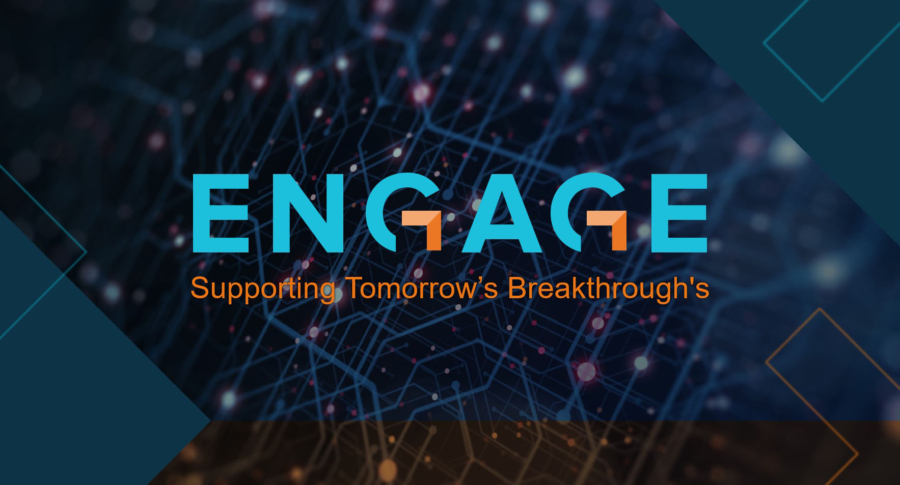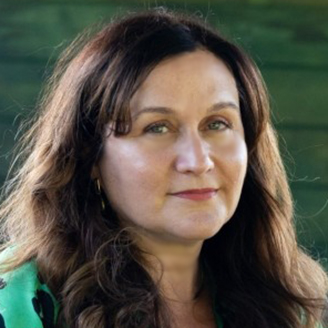
Technical Innovation and People Development Take Center Stage at PHUSE EU Connect: 4 Key Takeaways
The European statistical programming and data science community gathered in person for the first fully in-person PHUSE EU Connect since 2019. The event surpassed expectations and attracted over 600 delegates participating from Europe, India, and the US. Incorporating hands-on workshops, keynote addresses, and a range of focused sessions, the varied programme tackled the most pressing issues for pharmaceutical statistical programming and shared real-life experiences from sponsors, CROs and technology providers. The eClinical Solutions team enjoyed sharing insights at sessions across SCE (Statistical Computing Environment), data standards, and risk-based quality management and monitoring topics, and exchanging ideas and best practices with delegates who attended our booth for discussions and demos of the elluminate® Clinical Data Cloud.
In this blog we share some of the themes that resonated most with our team from the sessions they attended during the event, as well as insights gleaned from our discussions throughout the conference.
1. A leap forward- showcasing tangible results of innovation
The sense of energy and optimism at the event was striking. While this may have been partly attributable to the reengagement of in-person interaction, there was also a sense that the conference reflected new, and tangible achievements in the application of innovation. For example, GSK highlighted their experiences of using agile approaches to implement an SCE project and realize benefits more swiftly using a ‘Minimum Viable Product’ concept. Use of R, Python and other programming tools beyond SAS was also a recurring feature, though delegates were still grappling with the question of ‘What does validated R look like?’ when using R beyond exploratory applications.
A past frustration with respect to pharmaceutical data science, has been its lag in comparison with other industries. Delegates we spoke to noted that while that gap persists, the shortfall is being caught up, partly, if not primarily because of the pandemic’s innovation tailwind. Necessity after all is the mother of invention. The choice of Day 1 keynote with Neil Martin, one of Formula One’s foremost data analytics scientists, was apt in its allusion to how data science is solving problems outside of the pharmaceutical industry – using real time insights, managing risks, and using predictive analytics to make better decisions and form strategy. Martin commented that in Formula One, “data is the currency”, with life-or-death implications, drawing the parallel with drug development and the critical nature of real-time safety insights. It was a timely reminder that as an industry we must avoid pharma insularity and take inspiration from the analytical strides being made in other settings.
Advances are also being made in the application of risk-based methods. eClinical Solutions’ Jason Konn, Senior Product Manager and Gina Wood, Director of Customer Success, both explored the transformation from risk-based monitoring to risk-based quality management within their presentations. It was encouraging to learn during the Q&A discussions that many of the statistical programmers in the room were indeed implementing risk-based approaches. For some, adoption was reaching a greater state of maturity, not only considering site-driven risks, but also building up greater depth to the risk profile by considering events, location, and vendor connections to issues.
The importance of change management in reaping the benefits of technology innovation was also reinforced throughout. In response to a question during one of his sessions about the effort required to centralize all data in one place, Venu Mallarapu highlighted how mindset and commitment to process change must go hand in hand with the right technology.
2. Building strong teams and nurturing talent
Attendance at the leadership and personnel management sessions throughout the conference was high, reflecting the critical importance of balancing technical advances with soft skills and organizational development. One of the most popular presentations attended by our Senior Product Manager Jason Konn was Roche’s cultural case study, sharing how they had created a ‘psychologically safe’ environment for employees, in which they felt empowered to perform and learn. Creating this positive working culture is especially important in the context of the demands of working in an ever more complex environment. Similarly, other interactive sessions explored the role of ‘belonging’, and accountability in employees’ experience of the workplace, as well as reflecting on the need to accept failure as a natural part of working life.
The themes of this session chimed with those explored by day 3 keynote speaker Kate Richardson-Walsh, the former England Women’s hockey captain, who led her team to Gold at the 2016 Olympics in Rio. After a setback at the 2014 Hockey World Cup, where the team had underperformed, they rebuilt their team culture from the ground up, doubling down not only on values, but the behaviours that reflected those values.
Perennial issues of recruitment and talent scarcity continued to be top of mind during this event. The newly introduced PHUSE Passport to Learn program, was a welcome initiative designed to help early career professionals craft their EU Connect agenda to best meet their needs for technical and soft skills development. This focus on a new generation of talent was also reflected by AstraZeneca’s poster highlighting the experiences of a cohort of graduate programmers around the world. Nurturing and mentoring the next generation of talent will be vital to mitigate against continued skills shortages. Conversely, as was pointed out by one speaker, seasoned professionals should also reflect on what they can learn from their early career counterparts – for example, in adopting programming languages and tools beyond SAS.
3. Getting real about real-world evidence
Handling the array of real-world data (RWD) including electronic health records (EHRs), product and disease registries and patient-generated data, then turning that data into real world evidence (RWE) was a recurring theme. Indeed, one senior leader we spoke with felt that the shift towards real world and observational data would shape the most significant shift for statistical programming community over the coming years. Issues under discussion included navigating challenges of generating regulatory-grade real-world evidence, overcoming problems of diversity, and handling missing data, Jason Konn, who attended several of the presentations in this stream, noted its high strategic importance as well as the overarching challenge of combining real world evidence with clinical evidence. With respect to the latter, the PHUSE FHIR working group project provided an update on how the HL7 FHIR Data Exchange format can be used to accelerate the integration between EHR (Electronic Health Records) systems and CTMS (Clinical Trial Management System) systems. The topic reflects wider issues, discussed by eClinical Solutions’ Venu Mallarapu, VP Global Strategy and Operations of the need for an interoperable, ‘future proof’ data fabric to set sponsors up for success in a shifting clinical development landscape characterized by increasing decentralization, evolving data sources and complex workflows.
4. Overcoming challenges of SCE implementation
In discussing elluminate with delegates at the event, it was clear that implementing or refining SCE solutions to enhance and streamline statistical analysis was a priority for many. Venu Mallarapu discussed build versus buy strategies in SCE, walking delegates through the essential components of an SCE including scalability, usability, and regulatory compliance. Describing the implementation journey from vision, through planning, architecture and adoption that is required, Venu recommended that delegates consider a buy strategy to focus on core competencies and preserve energy for change management and mitigations. Whether choosing a build or buy approach, the stepwise roadmap and critical success factors outlined by Venu resonated with several delegates. At any rate, the various SCE presentations throughout the event provided insightful retrospective on how far the industry has progressed with SCE, a far cry from the days of individual programs and macro packages. However, the industry still faces challenges, not least in the management of legacy systems and streamlining time to adoption.
Building a data infrastructure and a set of processes fit for the new era of clinical development relies on cross-industry collaboration and best practice sharing. The 2022 PHUSE EU Connect provided a springboard for leaders and practitioners alike to learn from one another and take confident steps forward in addressing the challenges of our complex data-rich environment.
elluminate Statistical Computing Environment (SCE) within the elluminate Clinical Data Cloud provides a central place for all data, metadata, programs, and results – increasing the efficiency, traceability, and visibility of statistical analyses.
Learn more about elluminate SCE.
Author

Liz Cole has over 25 years’ experience in commercial roles within the biopharmaceutical sector with a particular focus on clinical data transformation, innovative trials, and advanced analytics. At eClinical Solutions, Liz is responsible for Biometrics Services’ marketing strategy, planning, product messaging, and content.
By submitting, you agree to the processing of your personal data by eClinical Solutions as described in our Privacy Policy.







